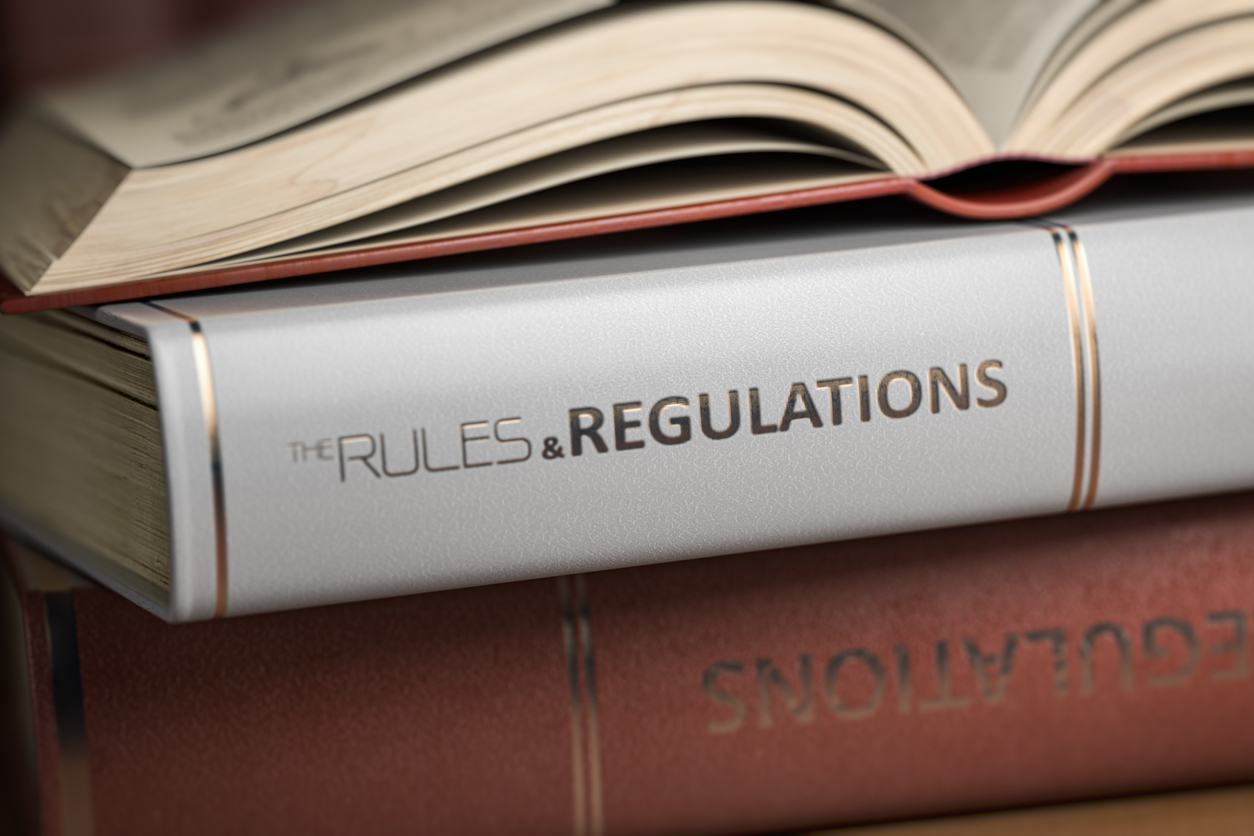Business interruption can be a hot button topic among business owners and carriers alike. The purpose of business interruption insurance is to protect business owners for the loss that occurs for not being able to use a specified location.1 Questions often arise on how to compute the loss of revenue when a business’s operations fully close due to a covered loss. However, what can a business do to better protect itself if its operations are only partially interrupted?
While Florida courts have provided some guidance on how to measure the value of disruption of business operations, what remains uncertain are clear directives on what constitutes a partial suspension of business. For example, what occurs when a business cannot provide all the services it normally would due to a partial closure of the building?
In Ramada Inn Ramogreen, Inc. v. Travelers,2 the court awarded summary judgment to the carrier after finding that a hotel restaurant’s closure was not covered under the business disruption provision of the policy. This is despite that the hotel owned the restaurant as well. The court found that because insurance policy listed the restaurant separately and never attempted to rebuild the restaurant, the parties intended for the businesses to be treated as separate entities. While the case is from the 1980s, it is a prime example of what occurs when a business owner does not read the policy carefully. To this day, courts continue to defer to Ramada Inn Ramogreen.
Because a clearly defined “bright line” rule does not yet exist, it is important that business owners ensure they promptly mitigate damages and keep an accurate inventory of business records. Business owners should also keep a watchful eye that the policy forms they are purchasing protect them from not just full stoppages but also partial business slowdowns.
_____________________________________
1 Hotel Properties, Ltd. v. Heritage Ins. Co. of Am., 456 So.2d 1249, 1250 (Fla. 3d DCA 1984).
2 Ramada Inn Ramogreen, Inc. v. Travelers Indem. Co. of Am., 835 F.2d 812, 814 (11th Cir. 1988).




